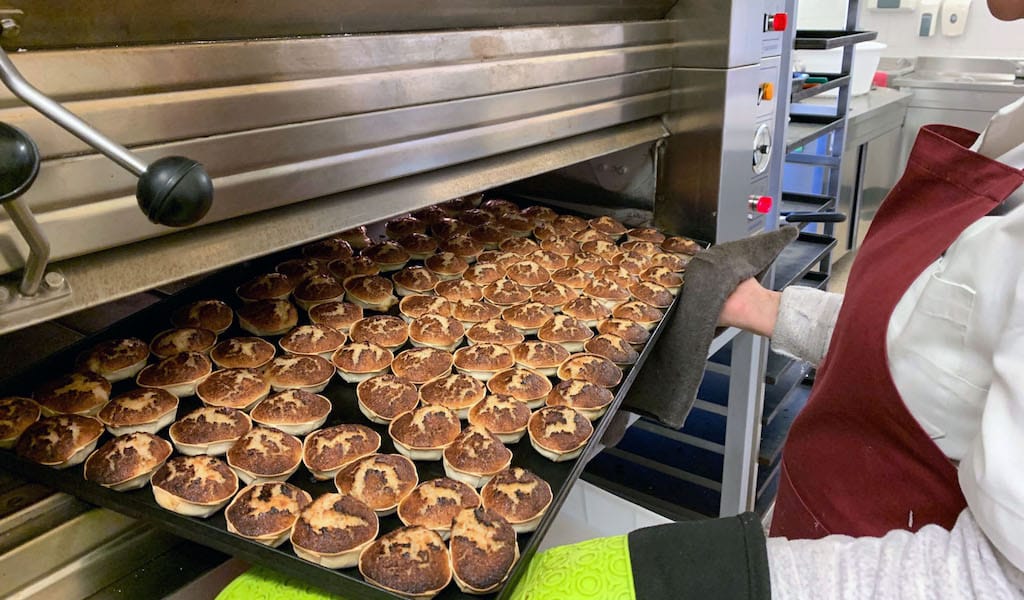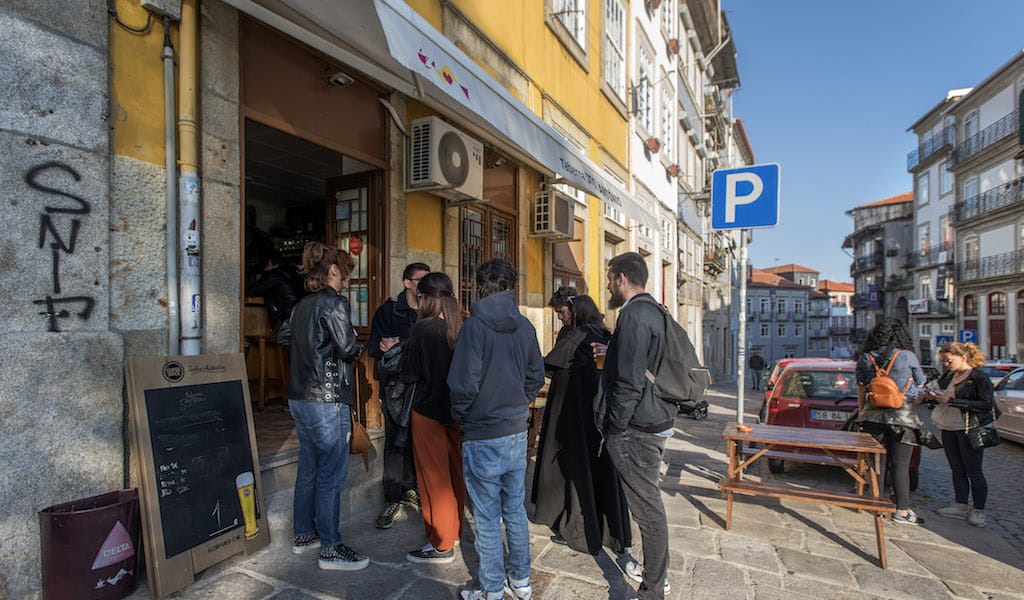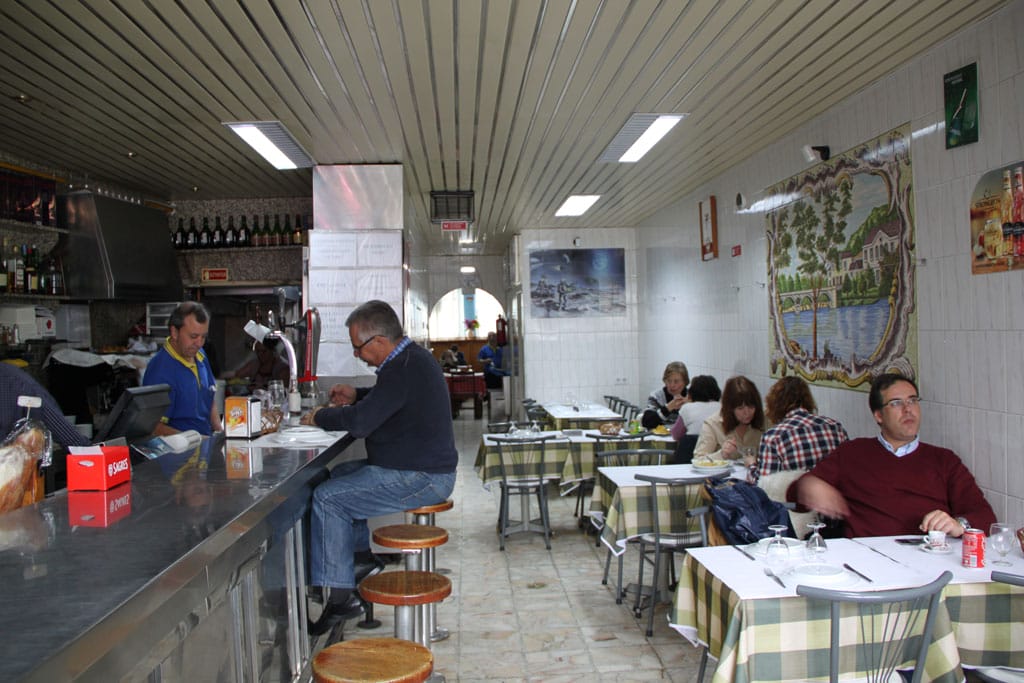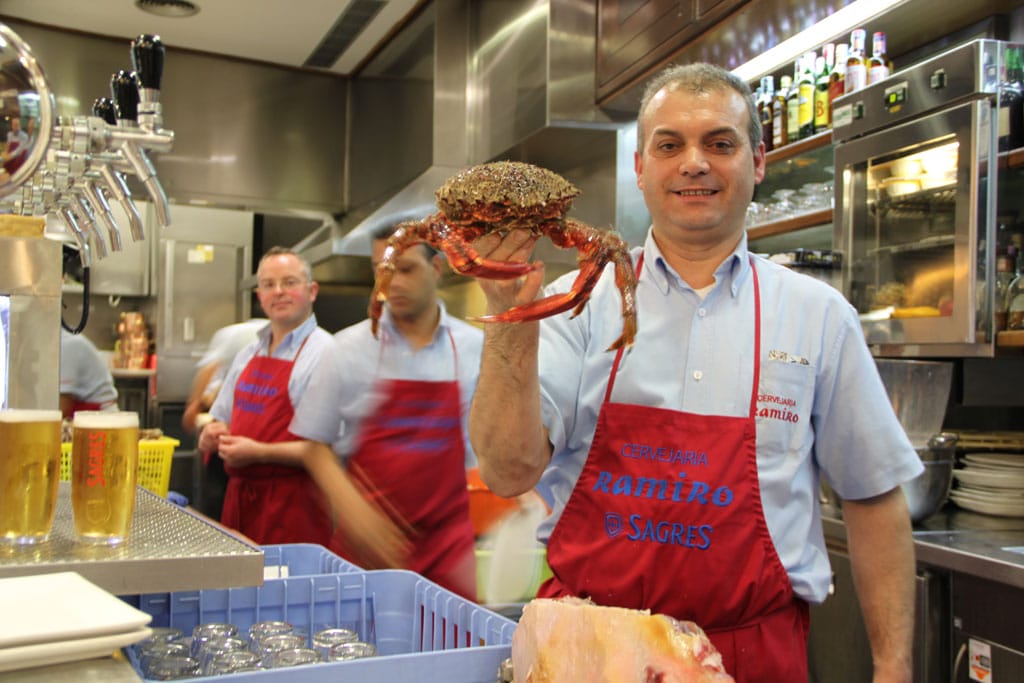Not many companies baking in Portugal can claim that they’ve been in business since 1756. But Queijadas da Sapa, the first bakery to make queijadas de Sintra, cheese and cinnamon tarts in a thin crust, can proudly display “Since 1756” on their labels and the doorway to their shop.
These small and spicy bites are not only, as the name suggests, the pride and joy of Sintra, the fairy-tale-like town of castles located 40 minutes away from Lisbon, but they are also some of the best creations in the large catalogue of Portuguese pastries. In fact, they were already quite popular many decades before 1837, the year that the café in Belém began selling Pastéis de Belém, the famous custard tarts.
Queijadas de Sintra, like many pastries in Portugal, have their roots in convents; many believe they were first made at the Convento da Penha Longa in the 13th century. In the Middle Ages, they would have been part of the foro, a fee paid for the use of the land that was commonly paid with animals, grains and pastries instead of money.
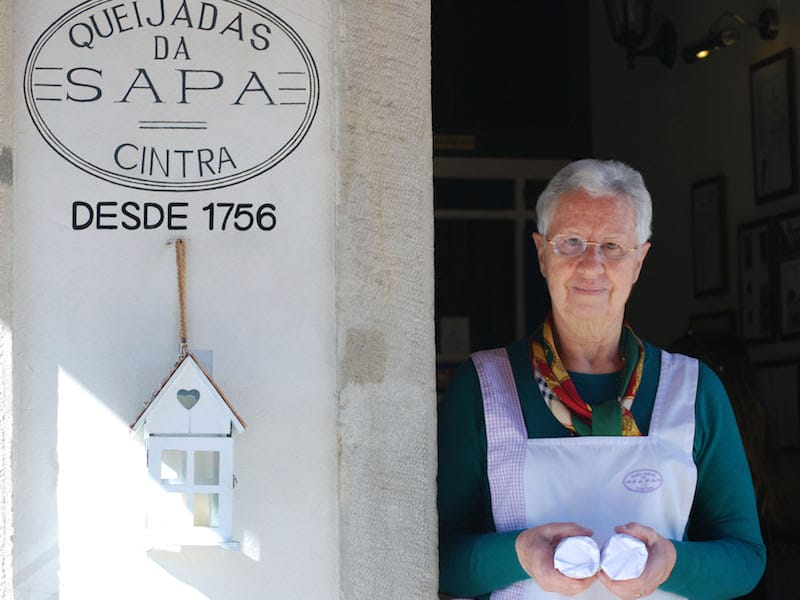
Sapa began selling them commercially in 1756. Three centuries later, a lazy stroll hopping from palace to palace in Sintra, or a visit to the town’s historical center (a UNESCO World Heritage site), feels much better if fueled by these small beauties.
It’s hard to believe that something so small could take so long to make. First you need to make the dough using only flour and water. At Sapa, this is still done by hand (as are all parts of the process). Then after cutting the dough into circles, the bakers make six cuts along the edges (most other companies make five cuts, resulting in a pastry that’s not as wide) and pleat them to create the shape of a small saucer. This is a delicate process as the temperature and humidity can affect the texture. After waiting 24 hours for the pastry to dry, they fill each one with the mixture of eggs, fresh cheese, sugar, flour and cinnamon. Baked in a very hot oven, at 400 degrees Celsius, the tart browns, releasing an inebriating aroma.
Margarida Neves Soares, the owner of Sapa, welcomes us with an impeccable white apron and takes us downstairs to the kitchen, which is where the magic happens. It’s here, below the café built in 1890, that two bakers are busy preparing the next batch of queijadas.
It’s hard to believe that something so small could take so long to make.
The two young women know exactly what to do, filling the pastry cups with the mixture of eggs, cheese, sugar, flour and cinnamon holding a funnel and using their fingers to control the liquid – the same technique used to make custard tarts. They perform the choreography with a beautiful perfection; both confess the hardest part is working with the delicate dough.
Margarida’s father, Francisco Neves, developed the business he inherited from his parents and gathered a lot of documents and history about the pastries. There’s a portrait of him in the first room, as well as of her grandparents, alongside many old book pages, documents and photographs.
This has been a family business since its opening 1756. Originally Sapa, like all the other bakeries who make queijadas de Sintra, was located in Ranholas, around 2.5 km from Sintra center. The countryside pastures in the area were perfect for grazing cattle, meaning that milk and cheese were abundant. Also it was strategically on the road from Lisbon to Sintra.
It was only after the railroad connected Sintra to the capital in 1887 that the bakeries moved from Ranholas to Sintra. With the new train, the road became less busy, and Sapa saw a decline in business. Sintra wasn’t an entirely unfamiliar area to them, though – prior to the move, they used to come to the town to sell their pastries, using a carriage pulled by a donkey.
Actually a donkey would still be a useful way to arrive to Sintra city center nowadays, as traffic has been heavily restricted since last year. Sapa, not by accident, is located close to the train station, as Margarida’s ancestors knew this would the best location to grab a traveler’s attention.
Margarida is the guardian of this historic recipe and tradition, and while there are secrets like in most businesses, things are now more relaxed. “We don’t need to use the stone as before – back in the days when the kitchen was where the tearoom is, they would use a stone instead of a weight to prevent people from knowing the exact measurements [of ingredients] on the scale,” she tells us.
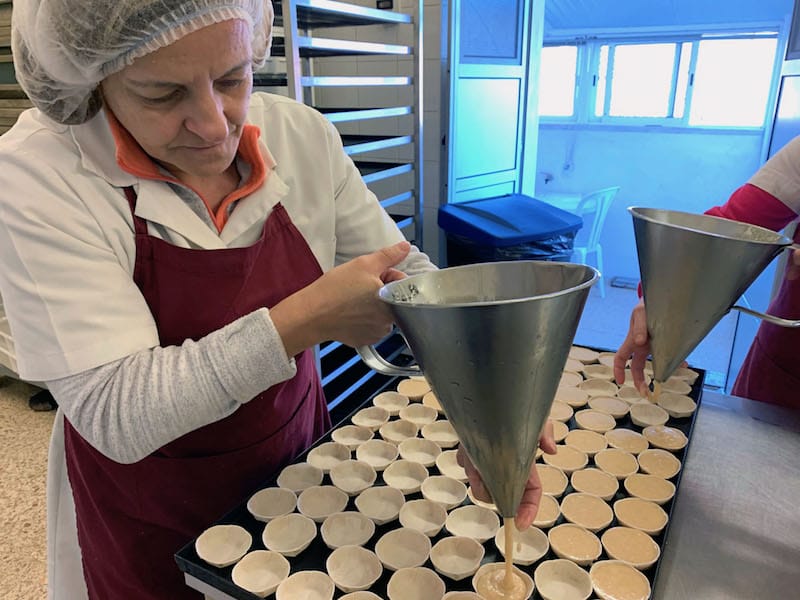
In the small but cozy tearoom a few tables allow us to contemplate the romantic valley out the back as well as the old photographs and objects scattered around the room, including the scale with the stone. The original wood-fired oven is now a fireplace and a door. This is one of the best places in Sintra to relax with some pastries and a coffee, especially in the wintertime, while enjoying the view of the Palácio da Vila (Sintra National Palace).
Praised by famous Portuguese writers from the 19th century – Camilo Castelo Branco mentions the “queijadas da Sapa” in 1863 while Eça de Queirós writes about them in 1888 – Sapa is one of only four remaining companies baking queijadas de Sintra, and they are doing a wonderful job at preserving the family tradition. “It’s not easy,” says Margarida who went back to the company in 2006 after retiring from her job and now runs it with the help of her son, Rui Neves Soares. She hopes the regulations and challenges for small artisanal producers like Sapa won’t stop these little wonders from being baked everyday in Sintra.
Queijadas de Sintra are popular snacks that go well with coffee, tea, a glass of port or a ginjinha, and you can easily find them in markets, at concerts and football matches. But Sapa’s are only sold at their shop in Sintra and Mercearia Criativa, a grocery store in Lisbon. In our opinion, they are best eaten fresh out of the oven, so we recommend picking up a six-pack in Sintra – it’s impossible to have just one.
They’re so good that we like that they are what inspired Lord Byron – who fell in love with Sintra during a visit in 1809 and later sang its praises in his famous poem “Childe Harolde’s Pilgrimage” – to describe the city as a “glorious Eden.”
 June 21, 2021 Taberna Santo António
June 21, 2021 Taberna Santo António
We arrived at Taberna Santo António after lunch, looking for a bit of warmth in the […] Posted in Porto July 21, 2016 O Satelite da Graça
July 21, 2016 O Satelite da Graça
Perched on Lisbon’s highest hilltop, Graça has a villagey feel and is probably the best […] Posted in Lisbon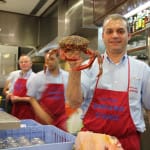 July 8, 2021 Cervejaria Ramiro
July 8, 2021 Cervejaria Ramiro
Cervejaria Ramiro is the undisputed temple of seafood in central Lisbon. The […] Posted in Lisbon
Published on February 22, 2019
Related stories
June 21, 2021
Porto | By Cláudia Brandão
PortoWe arrived at Taberna Santo António after lunch, looking for a bit of warmth in the middle of winter. It wasn’t a shot in the dark – we already knew that we would be enveloped by a comforting hospitality at this classic Porto spot. The sun was shining, so we sat on the terrace with…
July 21, 2016
LisbonPerched on Lisbon’s highest hilltop, Graça has a villagey feel and is probably the best district to absorb stunning views over the Portuguese capital. Home to plenty of bakeries, cafes and two of the city’s most beautiful viewpoints, it does, however, risk irreversible damage because of the real estate boom affecting much of the city…
July 8, 2021
LisbonCervejaria Ramiro is the undisputed temple of seafood in central Lisbon. The more-than-50-year-old business represents an old-school type of eatery: a beer hall where the seafood is fresh and cheap, with a choice from the daily menu or directly from the large aquariums that look out to the street. Taking up two floors of a…







































